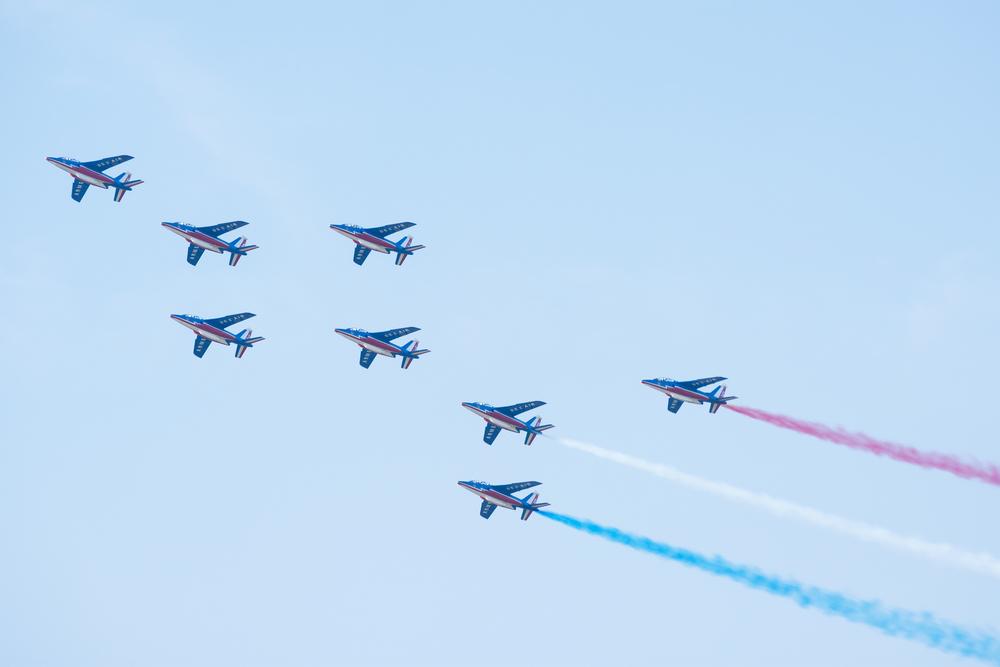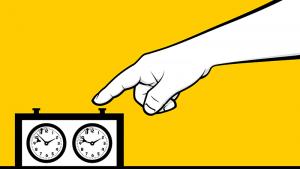
The Art Of Maneuvering
When my journey to the chess world was still in its nascent stages, I picked up a dusty old copy of My System, settled down in a comfortable chair, adopted a grave, contemplative expression, and started to read.
Everything went smoothly until I reached Part 5, Maneuvering. Maneuvering, I thought to myself. I know that word.
I'd hear it tossed around at the local chess club, when strong players were discussing their games.
After I maneuvered my knight to d5, it was all over.
Yeah, I wasn't thrilled with that maneuver either.
I assumed, then, that "maneuvering" was an esoteric concept applicable only to high-level games. How wrong I was!
In reality, a maneuver is a simple operation in which a piece is transferred from one square to another. While a maneuver can serve a litany of purposes, three stand out among the others:
1. To improve the placement of a piece.
2. To apply pressure on a weakness.
3. To aid in the attack.
In a way, skillful maneuvering forms the very basis of positional mastery. Indeed, grandmasters consistently outplay weaker opponents not only because of superior tactical vision or deeper opening knowledge, but because they know exactly where each piece should go, and what route it should take to get there.
But how do grandmasters know where each piece should go?, I hear you asking. Read on to find out! 
1. Maneuvering to improve the placement of a piece.
If one piece stands badly, the whole game stands badly. — Dr. Siegbert Tarrasch (1862-1934)

Trite though it may be, Dr. Tarrasch's proclamation stands true to this day. Put simply, you must ensure that each and every piece is performing to the best of its ability. Even an outwardly negligible improvement can have a tremendous impact on the course of the game.
A jaw-dropping positional display! As soon as Spassky eradicated the weakest link of his position — an awkward, passive queen on e2 — the game was essentially decided.
2. Maneuvering to apply pressure on a weakness.

It is not enough to induce a weakness; you must also exploit it as efficiently as possible. There are many ways to do so: with a direct attack, by blockading the square in front of the weakness (a la Nimzowitsch), or through a well-timed and accurately executed maneuver.
3. Maneuvering to aid the attack.

Winning the game with a brilliant sacrificial attack is one of the true pleasures of life. However, an attack driven by insufficient horsepower is destined to fail, especially against an experienced and unfazed defender. Sometimes, the only way to crash through is by mobilizing every last reserve.
As you can see, maneuvering is far more than an obscure positional concept. It is the very language through which you communicate with your pieces!



